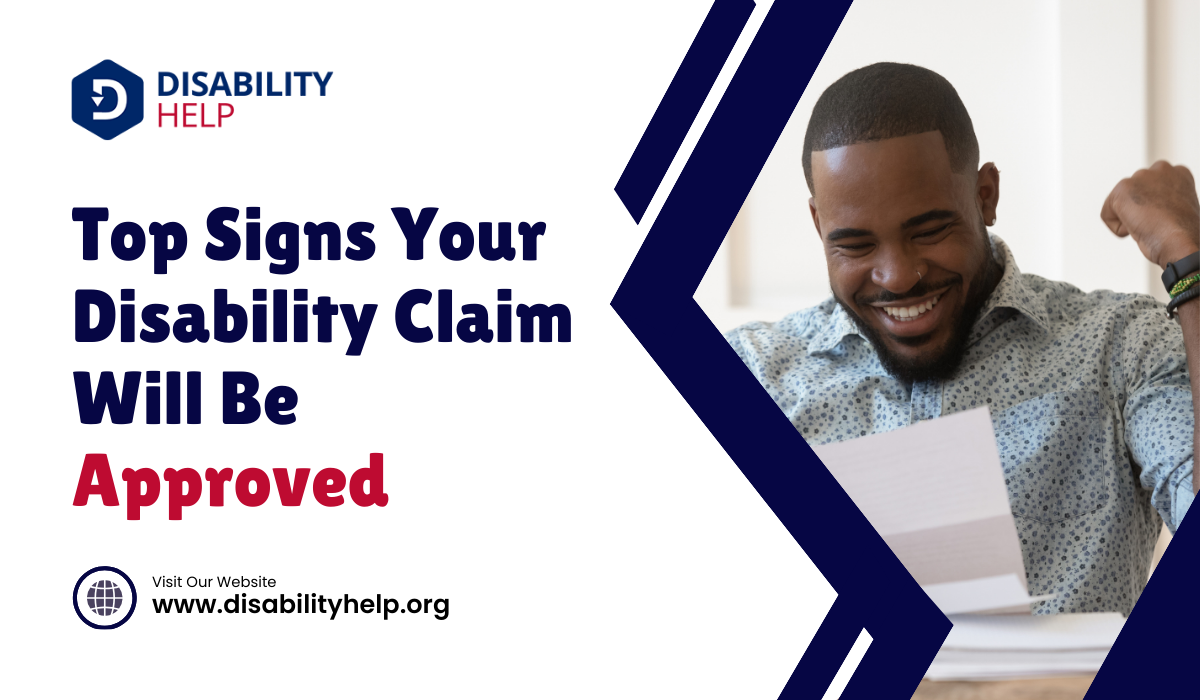A successful claim is more likely if you are well-prepared and have a complete understanding of the VA secondary claim process.
In order to prove the relationship between primary and secondary service-connected disabilities, a nexus letter and medical documentation are essential.
The VA claims procedure might be drawn out but is manageable if you have the correct approach and patience.
It can be difficult to navigate the complicated Veterans Affairs (VA) claims process, particularly when figuring out how to file a secondary VA claim effectively. Knowing the ins and outs of this process as a veteran are essential to ensuring you get the benefits you are entitled to. This in-depth manual seeks to provide you with a clear, step-by-step method for making a secondary VA claim by demystifying the procedure.
Fast Facts
A secondary VA claim addresses conditions resulting from a service-connected primary disability.
Understanding Secondary VA Claims
Understanding what a secondary claim is is crucial before beginning the filing procedure. A disability or condition resulting from an already-recognized service-connected impairmentA loss or abnormality of a body structure or function, whether physical, mental, or sensory, often a... by the VA is referred to as a secondary claim. For example, if you have a back issue as a result of a knee injury related to your service, the back issue may qualify for a secondary service connection.
Step 1: Identify Your Secondary Condition
Finding the secondary ailment you feel is related to your original service-connected disability is the first step in submitting a secondary claim. This necessitates a detailed comprehension of your medical background and the relationships between your current difficulties.
Step 2: Gather Medical Evidence
Strong medical proof is essential to a secondary claim's success. This evidence should amply demonstrate the relationship between your major service-connected handicap and your secondary condition.
When learning how to file a secondary VA claim effectively, it's crucial to clearly articulate how your primary disability has caused or aggravated the secondary condition. This involves a detailed explanation, often supported by medical opinions, that establishes a direct or indirect link between the two conditions.
Private healthcare providers, VA hospitals, or military medical records are good sources of this proof. It's best to incorporate these detailed medical records and expert opinions in your claim to strengthen the connection between your primary and secondary conditions, thereby enhancing the likelihood of a successful claim.
- Medical records outlining the secondary condition's diagnosis.
- Medical literature or expert opinions demonstrating the connection between your primary and secondary diseases.
- Records pertaining to your secondary condition's treatment.
Fast Facts
VA Form 21-526EZ is required to start the secondary claim process.
Step 3: Obtain a Nexus Letter
A letter from your doctor that clearly explains the relationship between your primary and secondary diseases is called a nexus letter. This should be a thorough letter that cites clinical experience or medical research to back up its assertions. A nexus letter's efficacy frequently depends on the qualifications and experience of the medical practitioner writing it.
Step 4: Complete the Necessary VA Forms
You must fill out VA Form 21-526EZ, "Application for Disability Compensation and Related Compensation Benefits," in order to begin the claim process formally. This form may be mailed, turned in in person at a VA office, or filed online via the VA's eBenefits portal. Make sure you fill out every part that has to do with secondary claims.
Step 5: Submit Your Claim
Once the forms are filled out and all the necessary documentation has been acquired, submit your claim to the VA. Make sure you keep copies of all documents for your records. You may submit your claim online, by mail, or in person. Online filings through the VA's eBenefits system are usually faster and easier to track.
Step 6: Attend a Compensation & Pension (C&P) Exam
Following the filing of your claim, the VA might ask you to appear for a Compensation & Pension exam. This examination, which is administered by a VA healthcare professional or a provider under contract with the VA, is essential to establishing the scope of your disability and how it relates to your service.
Fast Facts
The VA's decision on a claim can be appealed with the assistance of a VA-accredited attorney or Veterans Service Officer.
Step 7: Await the Decision
The VA will assess your case after you have filed your claim and taken any necessary C&P exams. This may require multiple months to complete. The results of the C&P exam, your medical records, and the nexus letter are just a few of the pieces of evidence that the VA will weigh.
Step 8: Understand and Respond to the Decision
The VA will give you a letter outlining their findings after concluding. The letter will specify the rewards you would get if your claim is accepted. The letter will state the reasons for rejection if it is granted.
You have the option to appeal the decision if you don't agree with it. For advice on the appeals process, it's crucial to speak with a Veterans Service Officer (VSO) or an attorney recognized by the VA.
Conclusion
Filing a secondary VA claim can be challenging, but understanding the process and preparing thoroughly enhances success chances. The key is establishing a medically supported link between primary and secondary conditions. Although the VA claims process may be lengthy, with patience and the right approach, you can effectively explore it and secure deserved benefits for your service-connected disabilities.
Learn more about the benefits of 100% VA disability from our resources at Disability Help.






